Visiting the Fort Worth Stockyards at the Will Rogers Medallion Awards banquet was a fun side trip that made me want to know more about the history of the place. Here’s a short version of the business that gave Fort Worth the nickname Cowtown and a few pictures I took while I was there.
The railroad, which arrived in 1876, turned Fort Worth into a convenient livestock center, and the Fort Worth Union Stockyards opened in 1890 covering 206 acres. That same year the Fort Worth Dressed Meat and Packing Company was founded but was not profitable until it was purchased by G.W. Simpson of Boston, who convinced Swift and Armour meat packing companies to build meat packing facilities there. Other stockyards were built and incorporated, and by 1893 business was booming. Cattle, sheep, and hogs were bought, sold, and slaughtered right there. During World War I when horses and mules were still used in wartime, the Fort Worth Stockyards was the largest horse and mule market in the world. In fact, the Stockyards became so successful that in 1911 they became their own town, Niles City, with a property value of $30 million! In 1923, it was annexed into Fort Worth. During World War II, the Stockyards processed 5,227,496 head of livestock in 1944.
But after World War II with more paved roads and the rise of the trucking industry, and with local feedlots being built that hosted smaller livestock auctions, the business changed. Amour and Swift companies closed down in 1962 and 1971, By 1986, sales reached an all-time low of 57,181 animals. I didn’t find an exact date, but I guess shortly after that, the business was done.
In 1976, Charlie and Sue McCafferty founded the North Fort Worth Historical Society, and then the Fort Worth Stockyards National Historical District came to be in 1989, and the Stockyards has now become a world-class tourist destination.
I know it is a popular tourist destination, and I suspect a popular hangout for the local population as well, since Erin and I dodged people up and down the main thoroughfare and had a hard time taking pictures of “the herd” as they did their twice daily stroll down the street. Guys with baseball caps kept getting in my way!
Later we walked by as they were eating hay, their reward for being in the mini cattle drive. They were pretty to watch, but it wasn’t much of a cattle drive, of course. But I’m sure some people who visit the Stockyards have never been that close to a longhorn, so for them it would be a neat experience.
Pens and other structures used with the livestock now have restaurants, souvenir shops, and myriad high-end Western wear shops like Old Gringo Boots and Double D Ranch that I have found advertised in Cowboys and Indians magazine.
The shops are fine, but I thought it was more interesting to wander down the lanes and pens that once held all that livestock. Plus, I didn’t have to dodge people in the historical parts of the place!
Railroad tracks went through the place in the brick pavement, which is still in good shape. i suspect they paved with the bricks rather than fight dust and mud under all those hooves. And then it could be hosed down to clean off the inevitable manure. I didn’t read that anywhere, but it makes sense to me.
Mule Alley is a string of shops in one of the corridors decorated with many of these yuccas and flowers such as lantana. I especially liked this one.
The RFD TV channel’s studio is located in the Stockyards along with other businesses and associations and such, like the American Paint Horse Association, having their offices there. These paint horses are running down the center of Mule Alley.
The Stockyards office building is still up and running, as is the Cowboy Coliseum where they have rodeos and other events regularly.
Armour and Swift had buildings next door to each other. Amour’s was torn down; Swift’s housed a restaurant and now is business office space, but they were an important part of the Stockyards.
So, if you are looking for someplace with history, shopping, food, and a Western flavor, you might consider a trip to Cowtown.
And downtown Fort Worth is just down the street if you wish to go back to modern times.
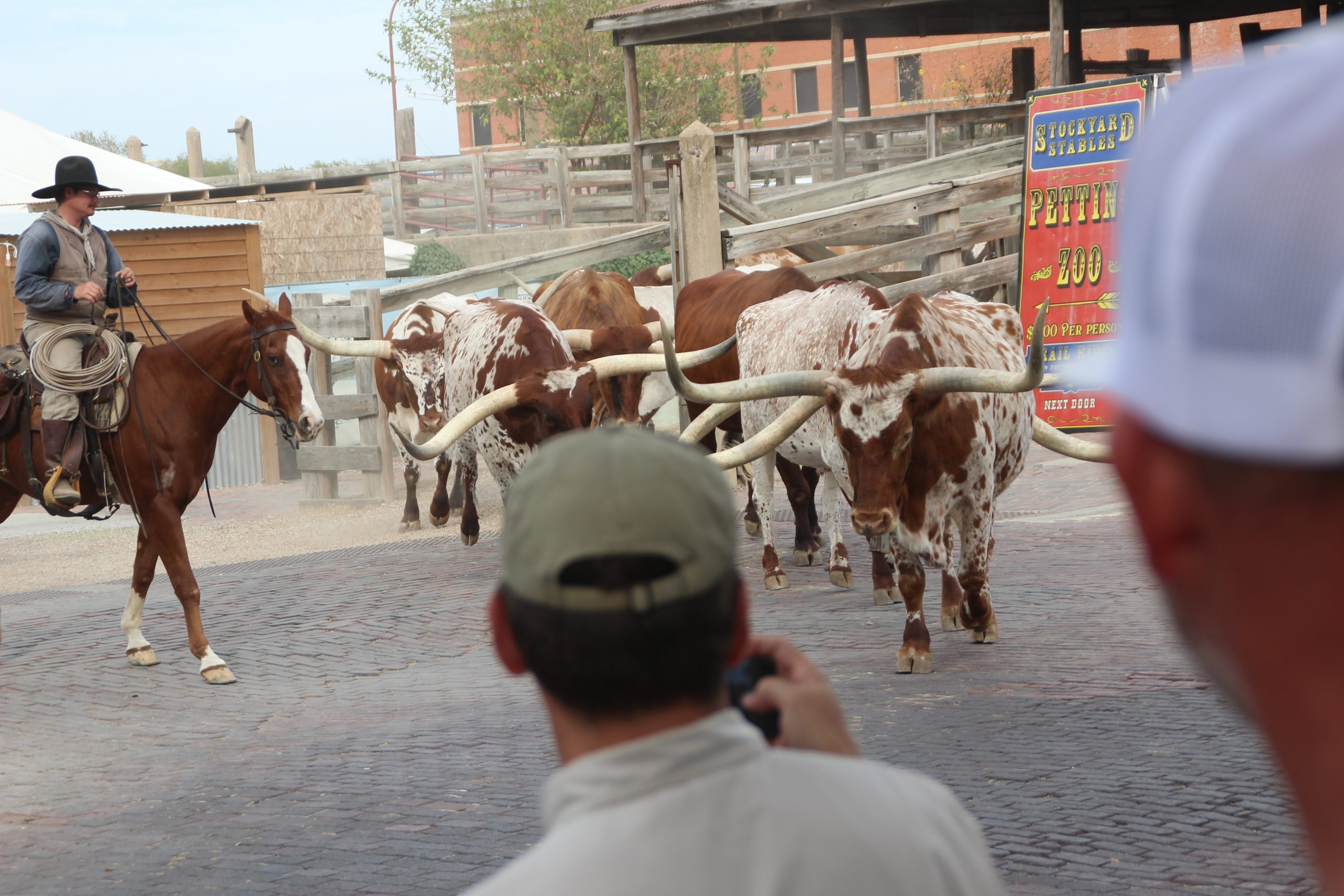
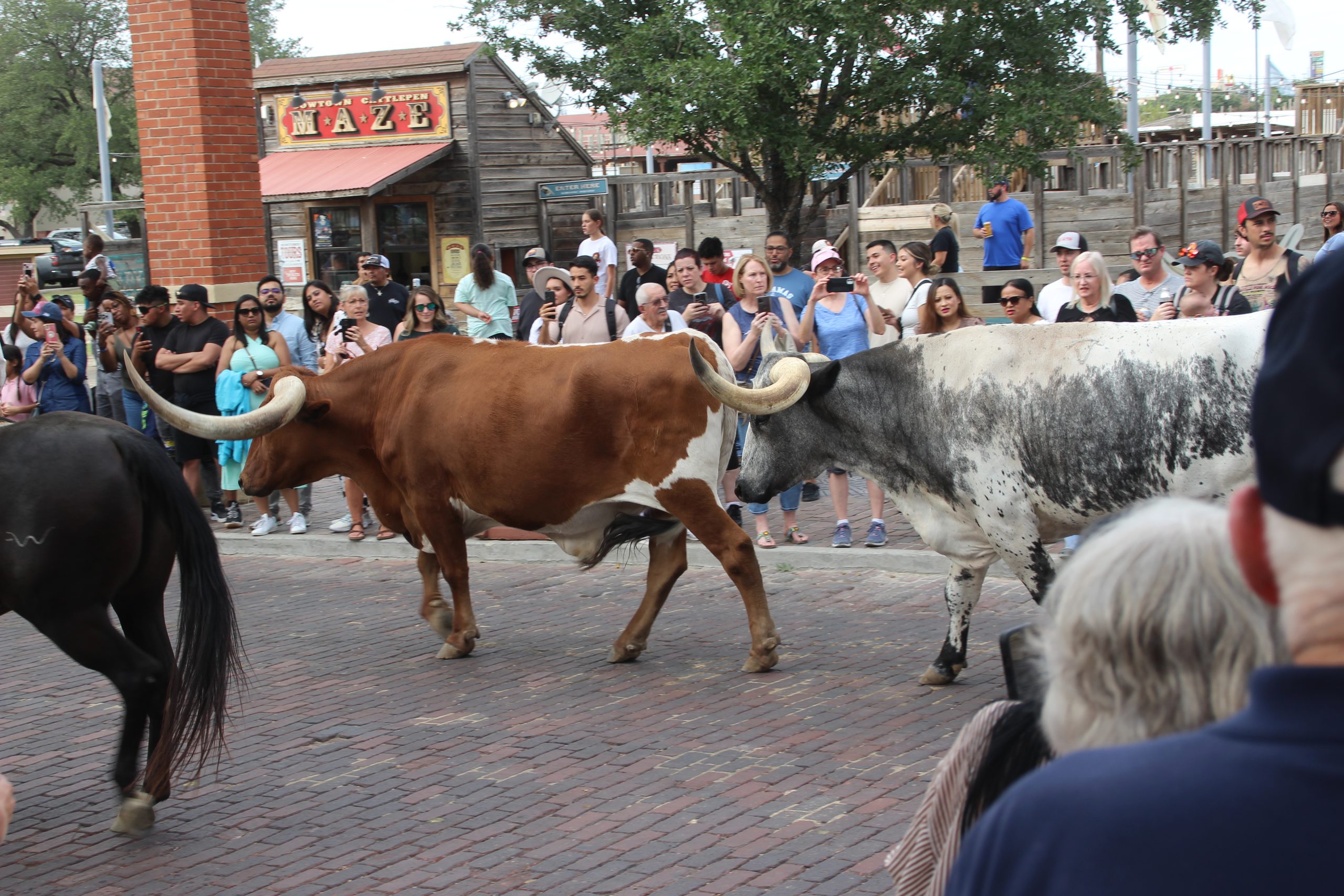
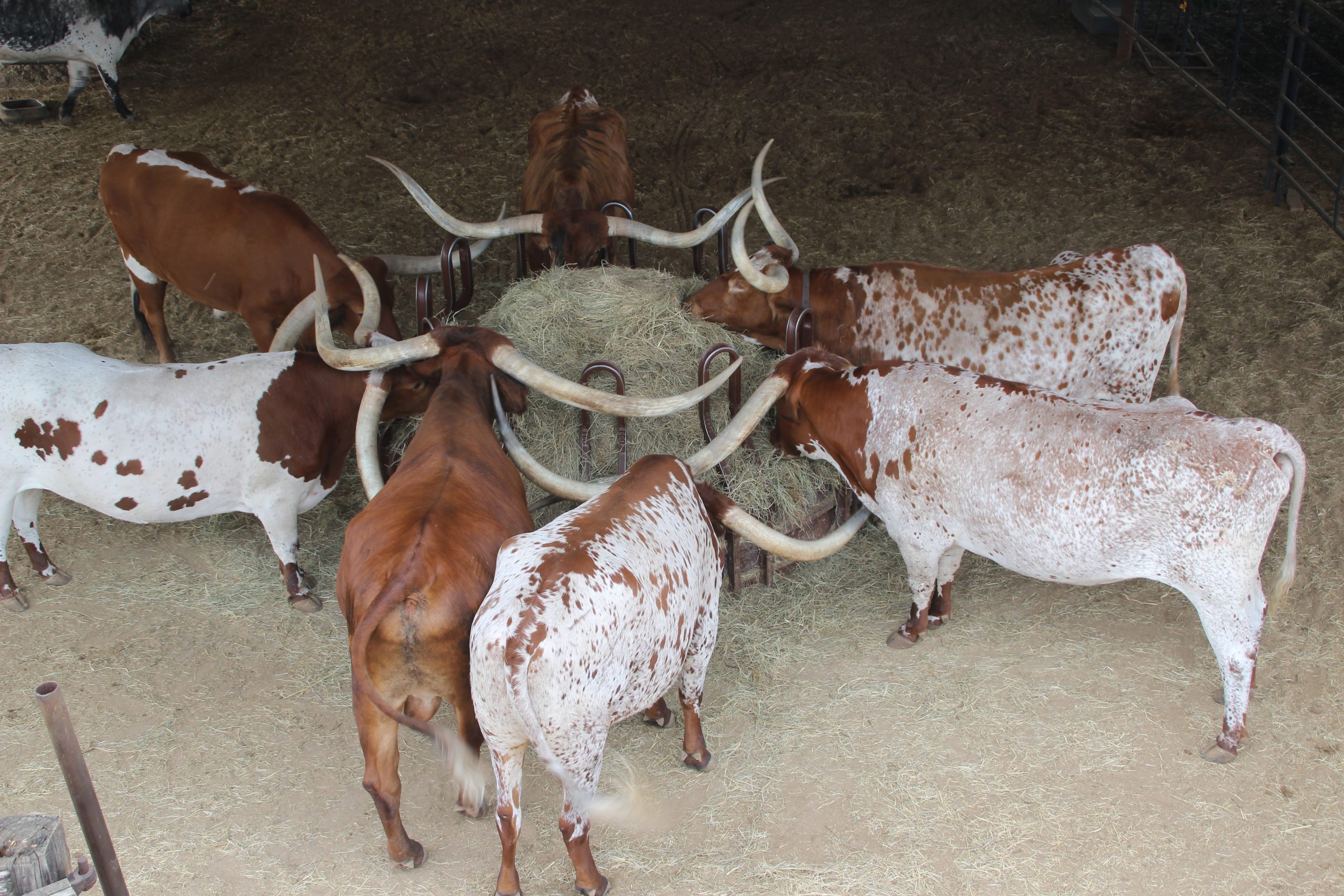
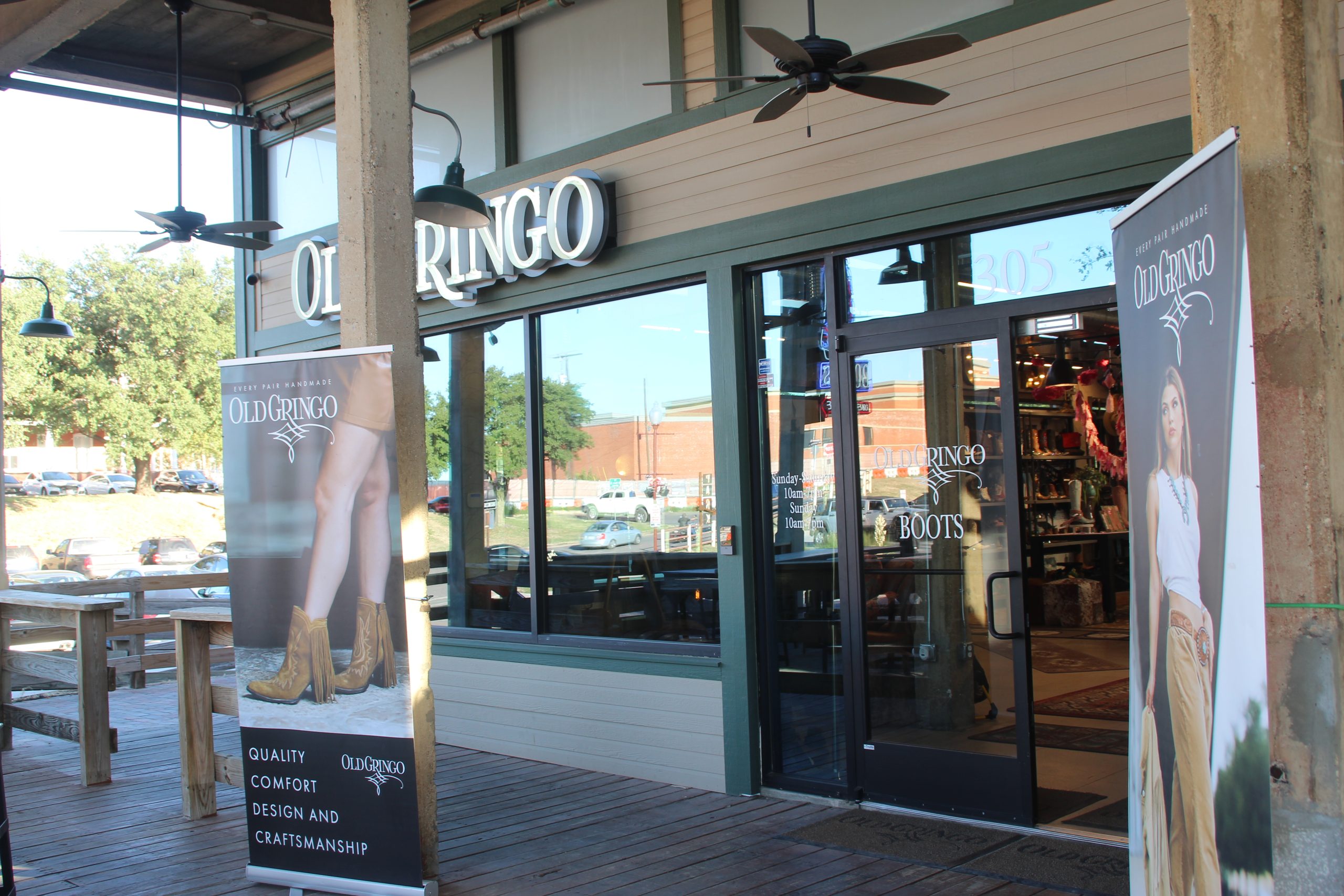
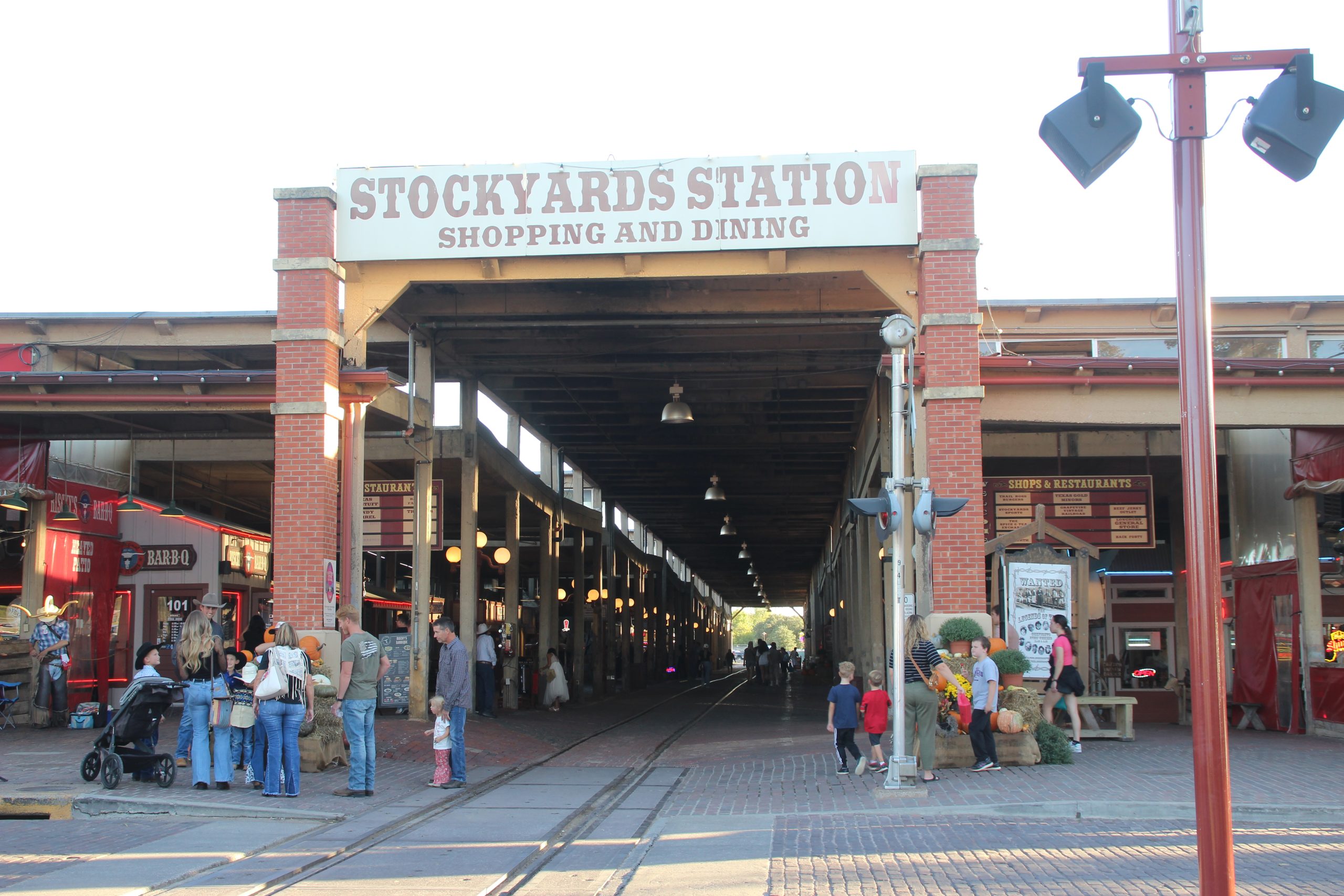
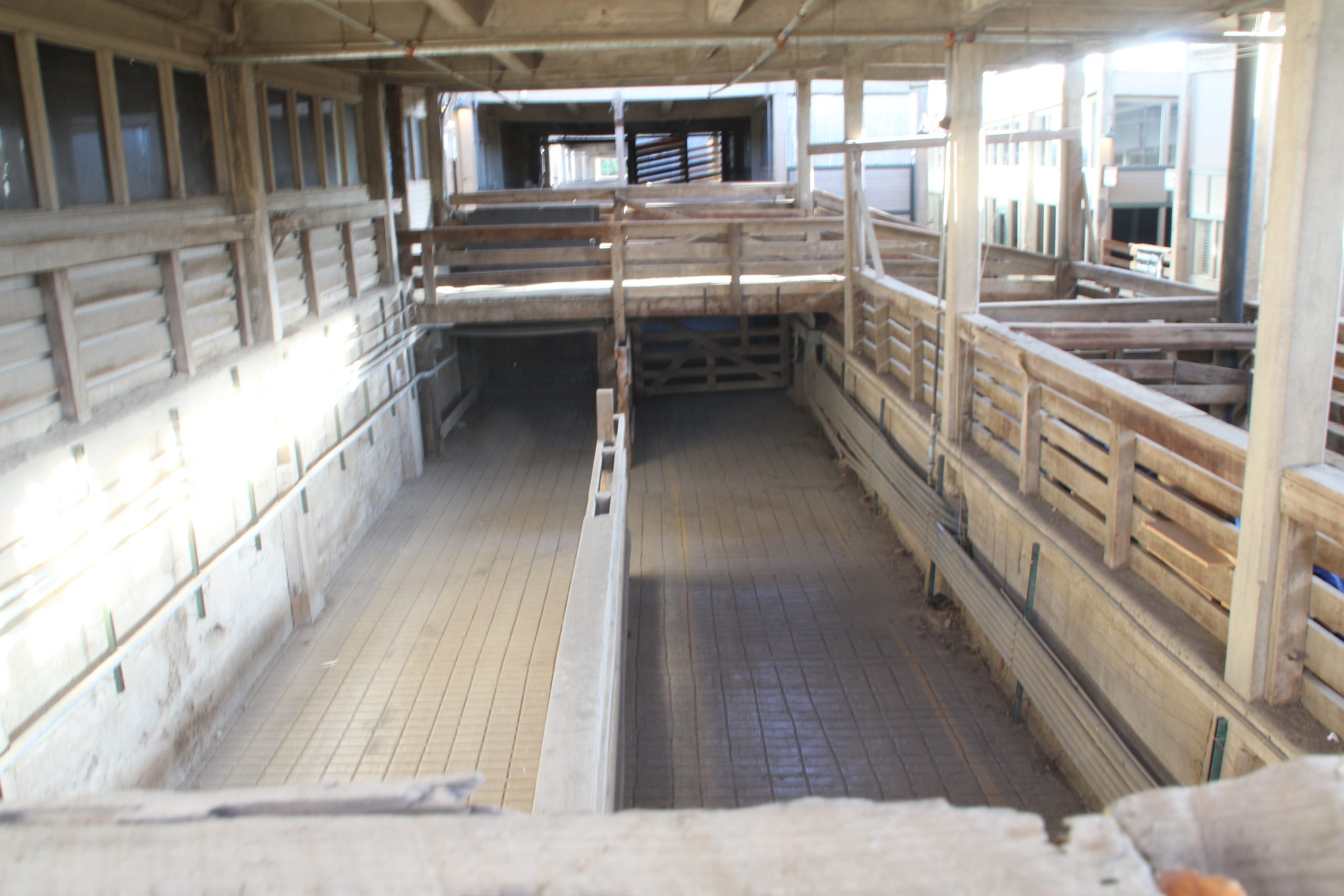
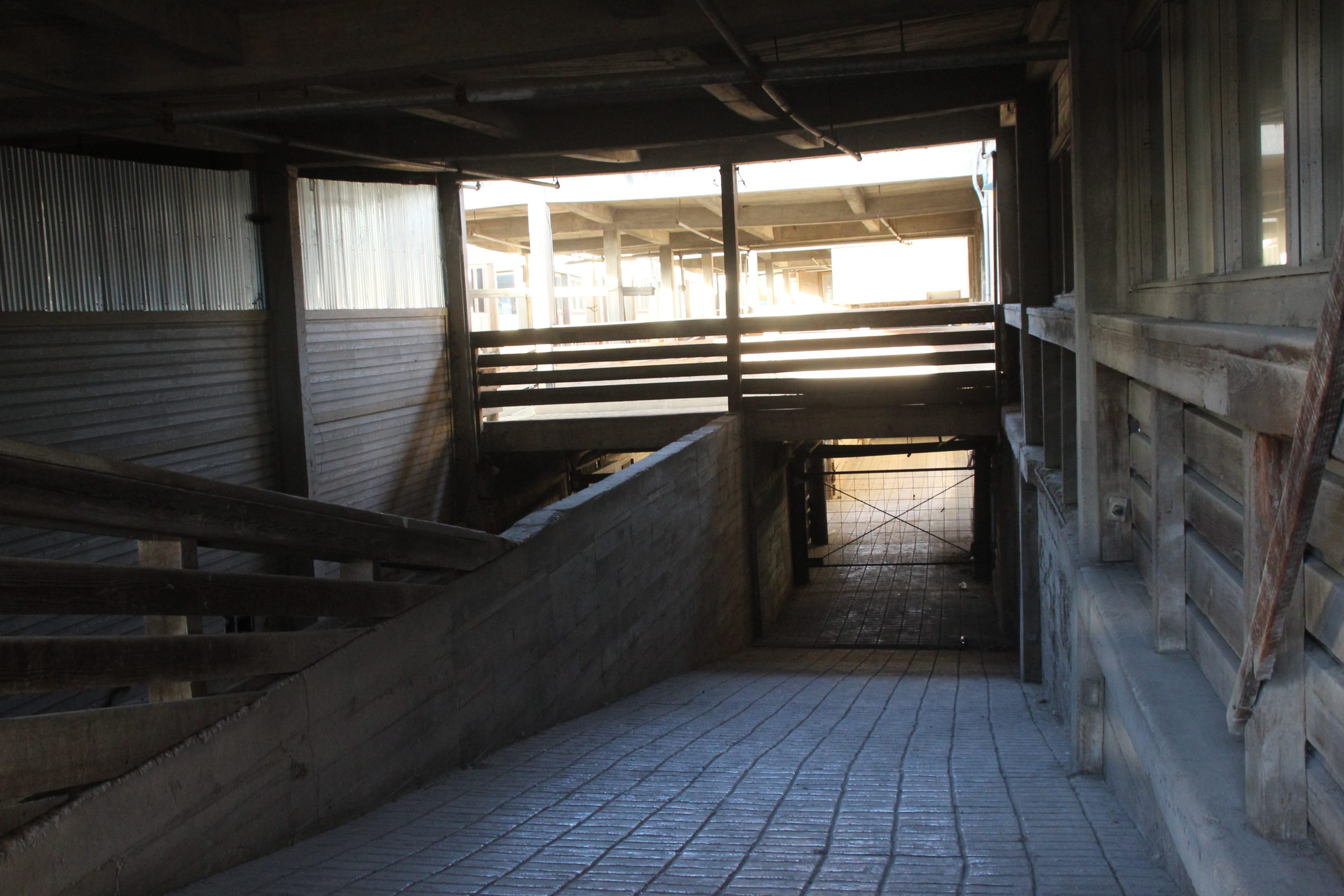
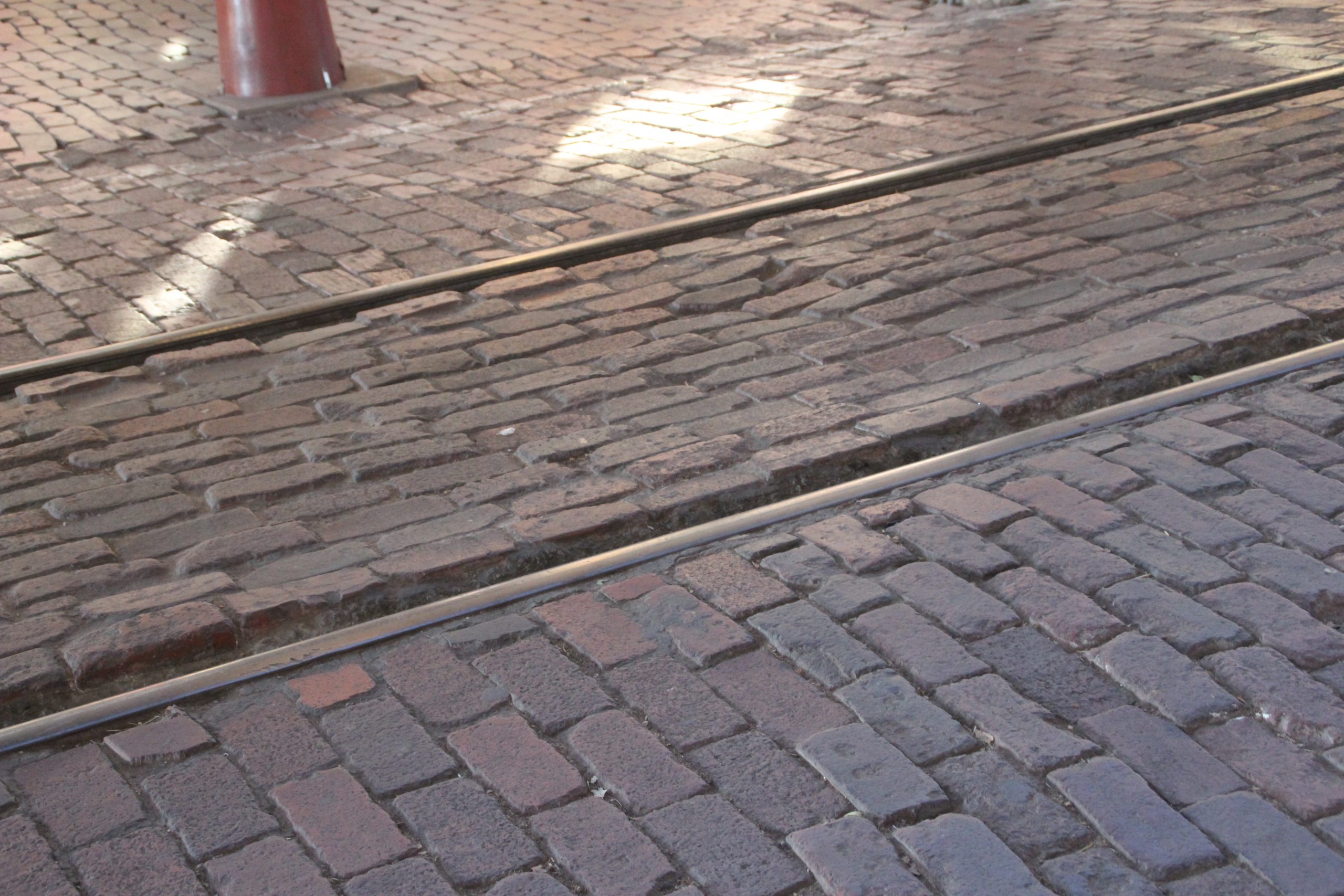
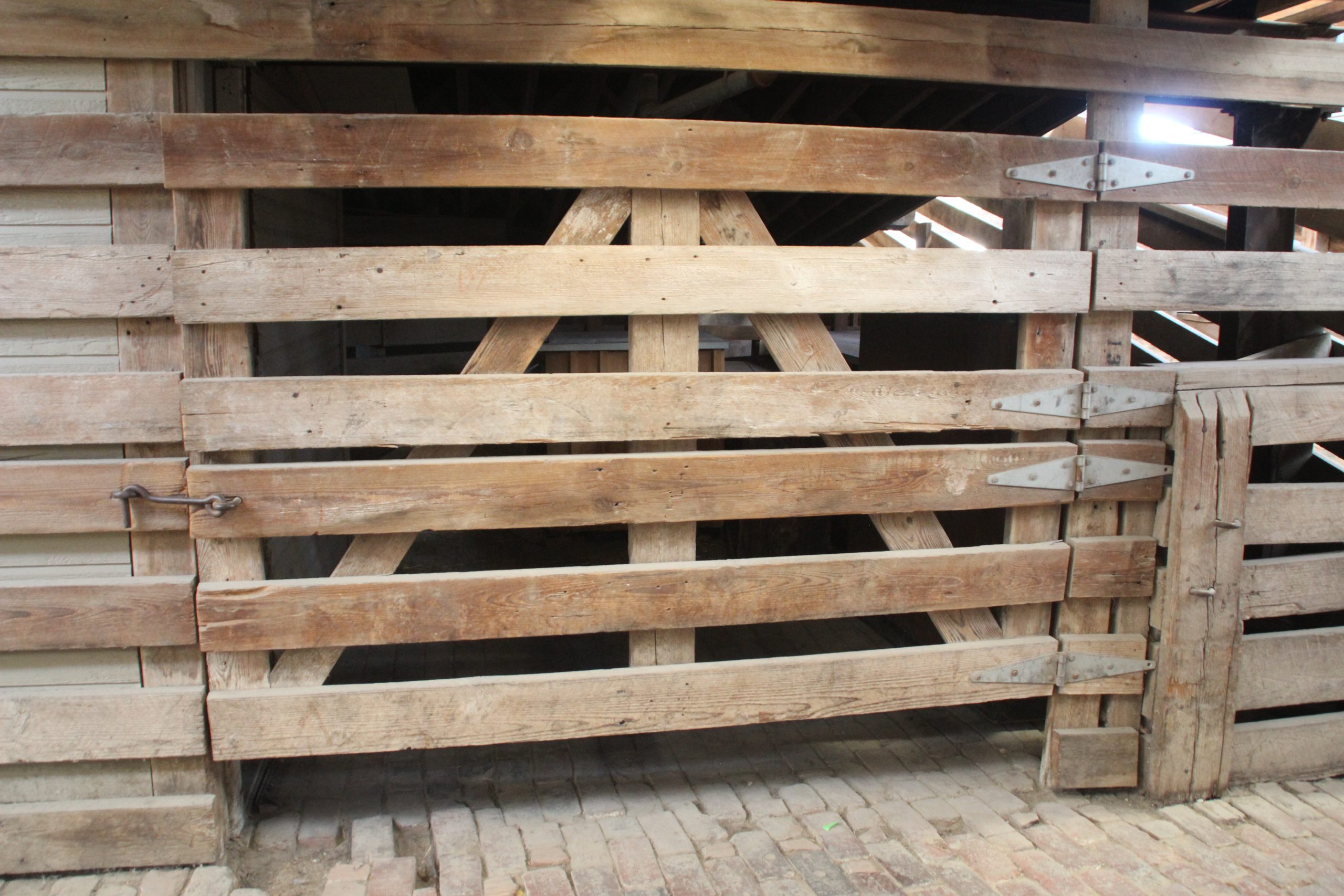
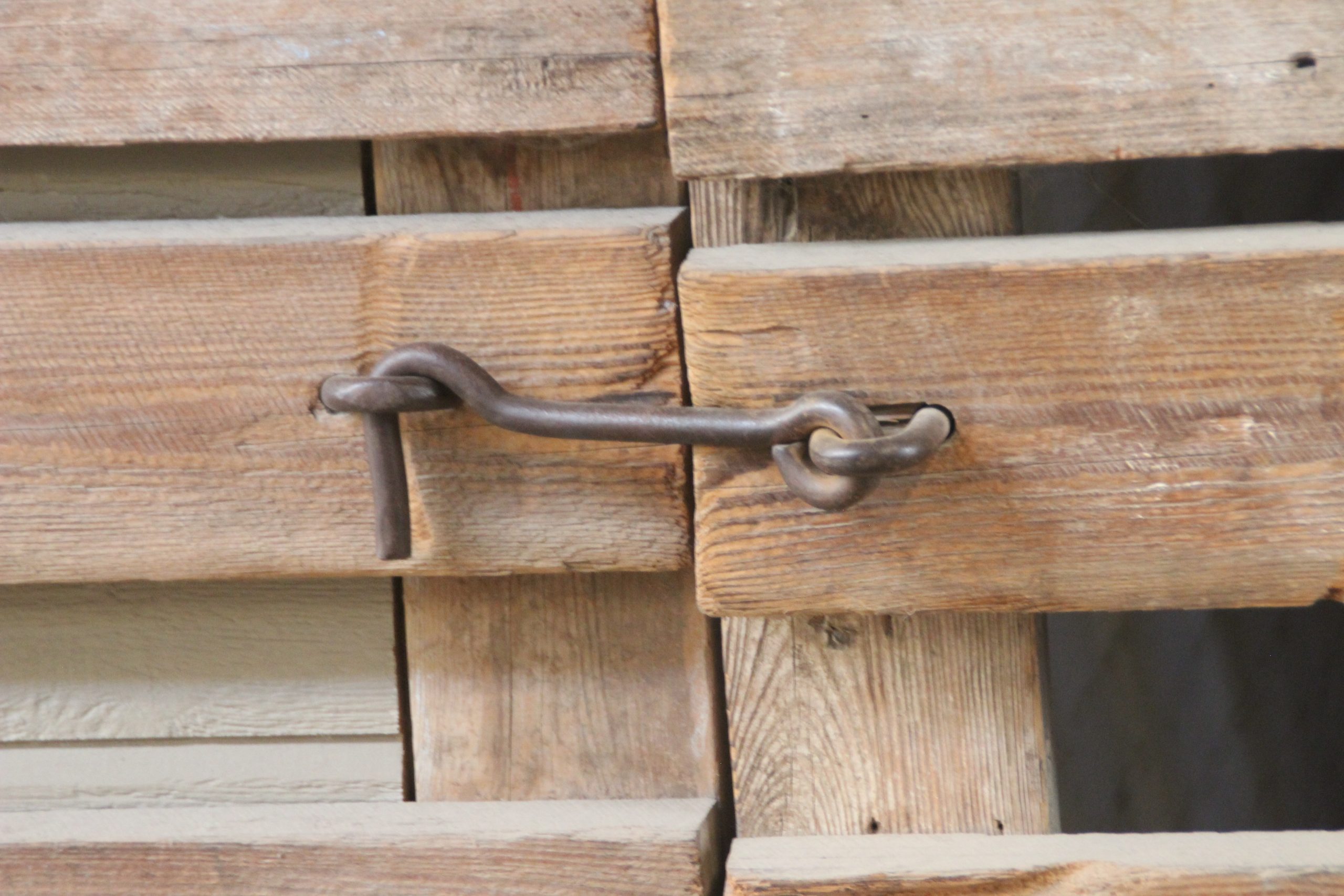
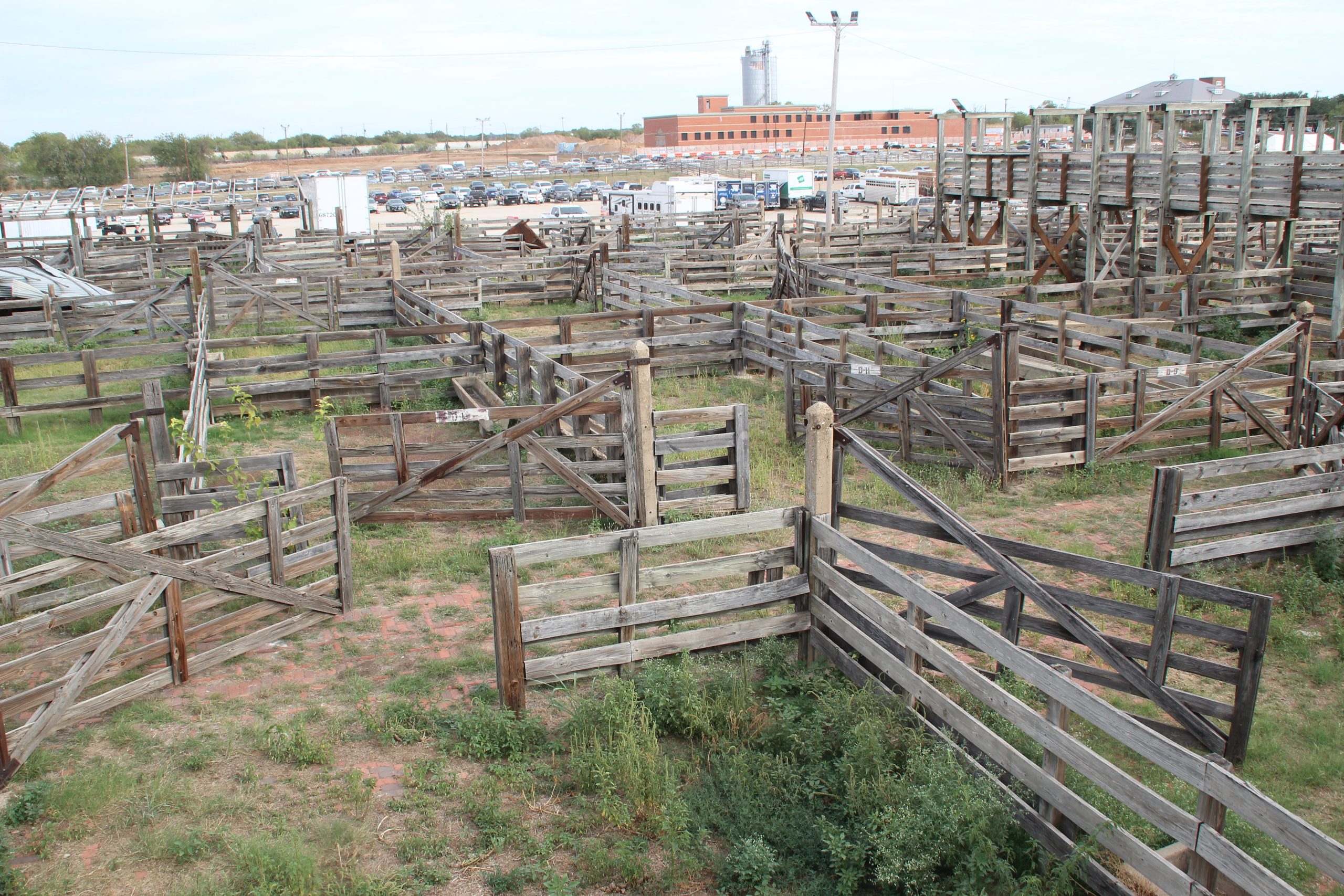
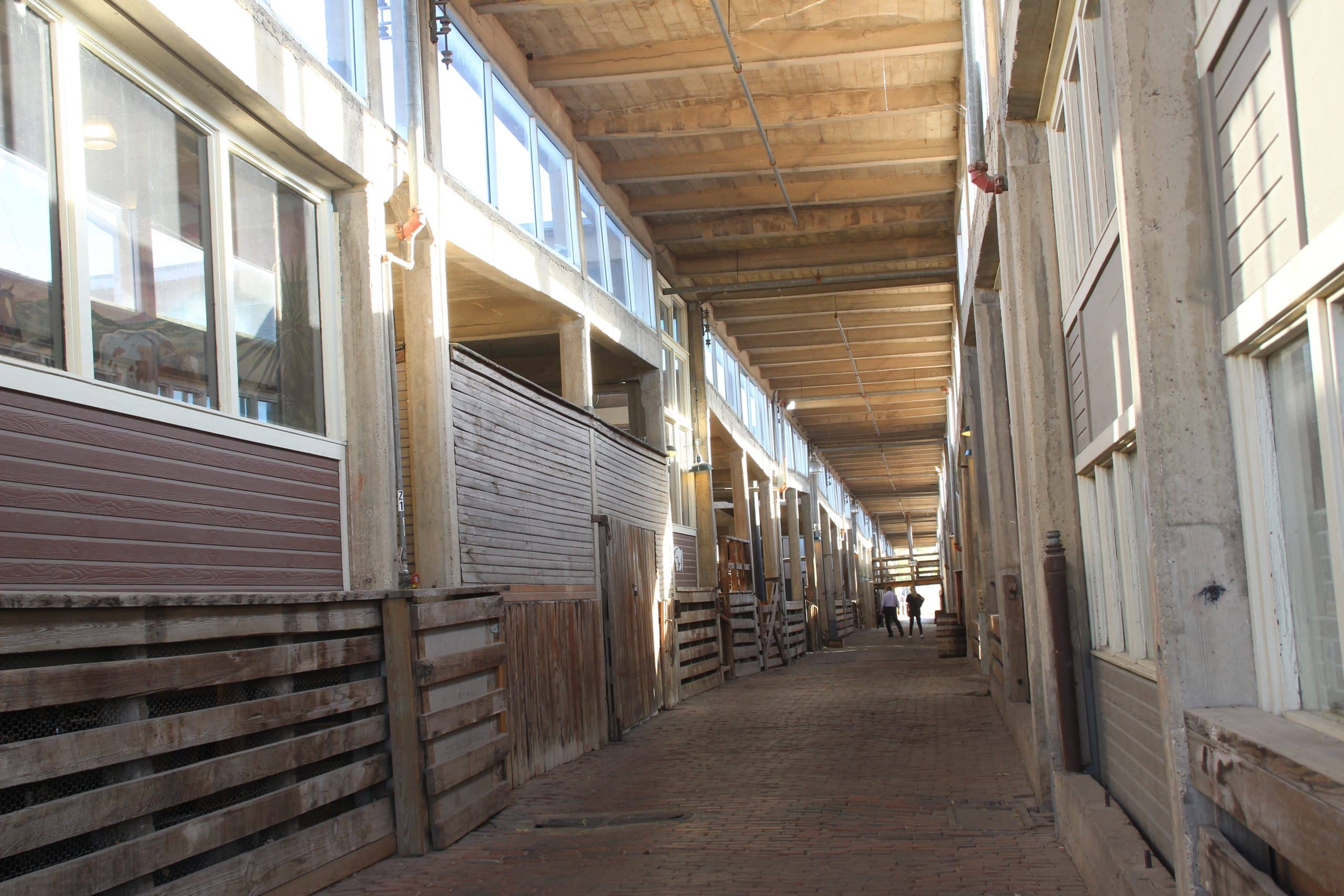
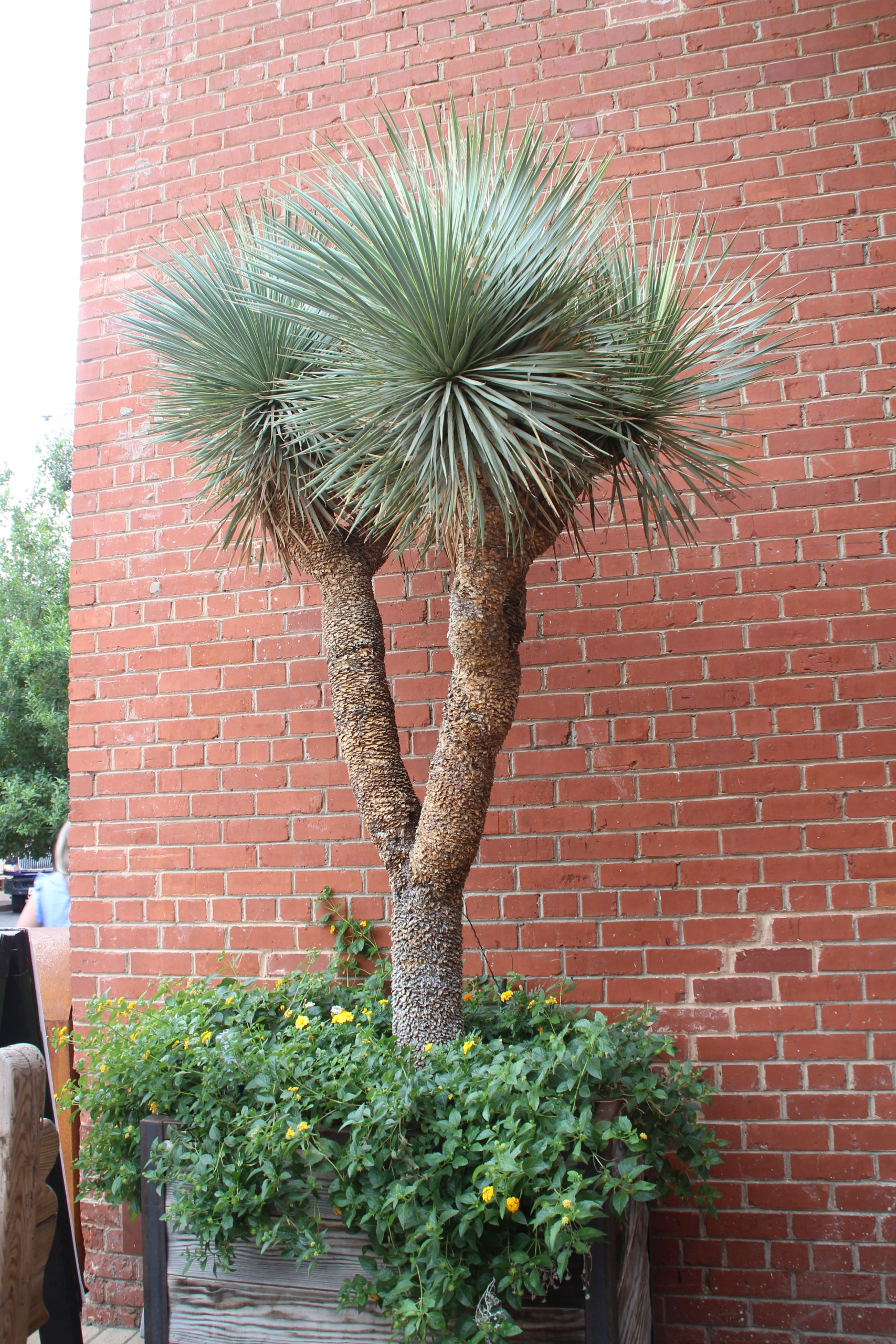
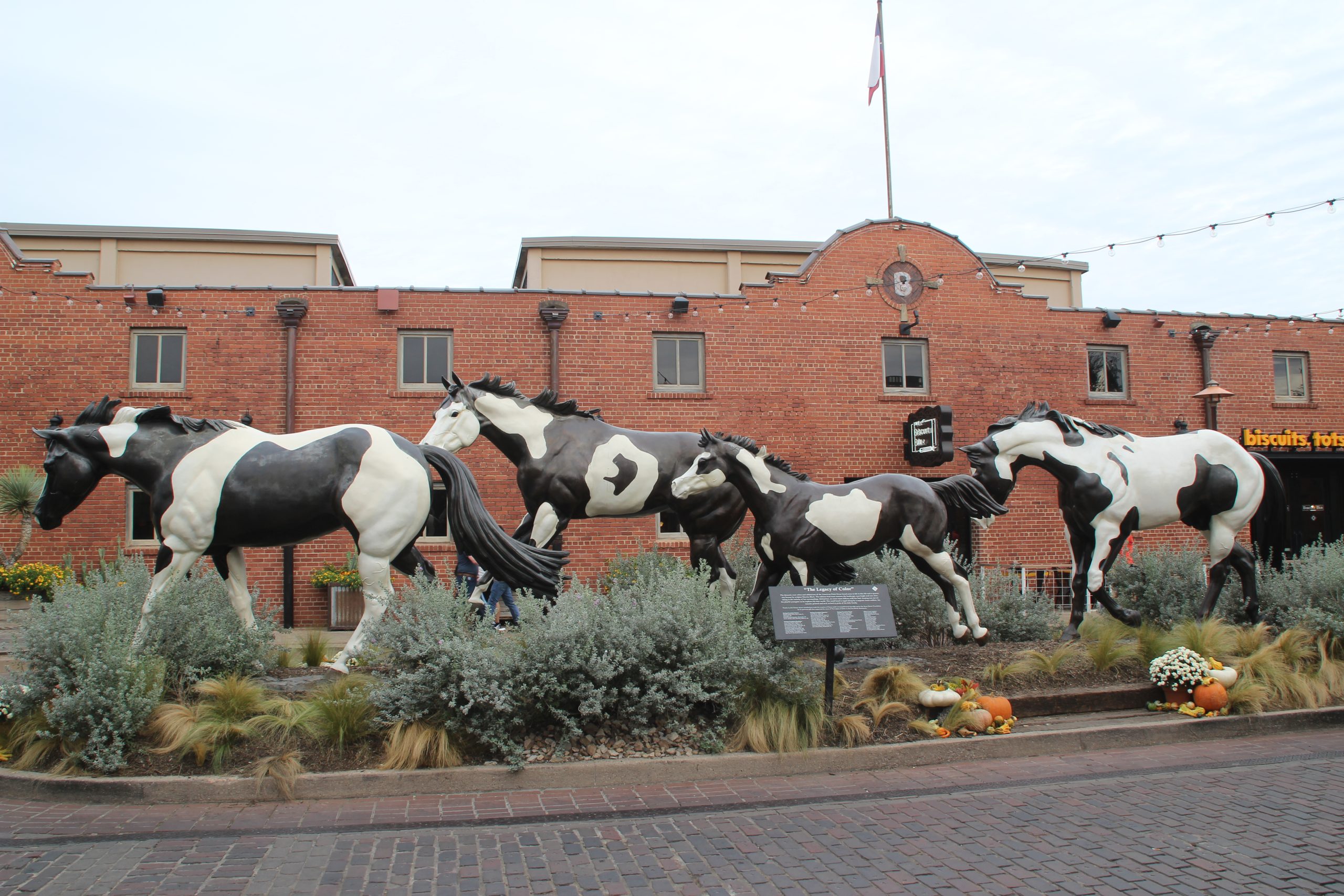
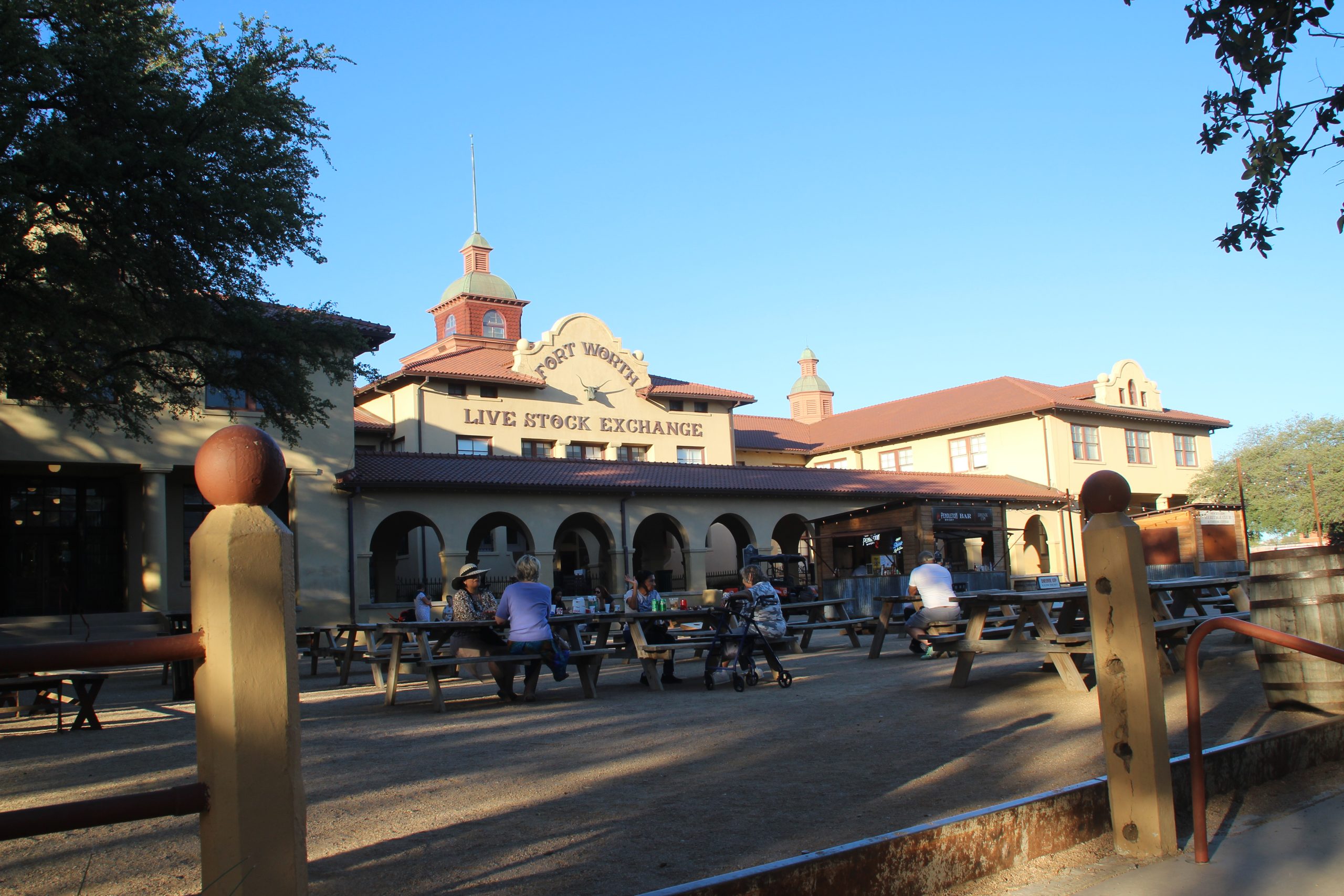
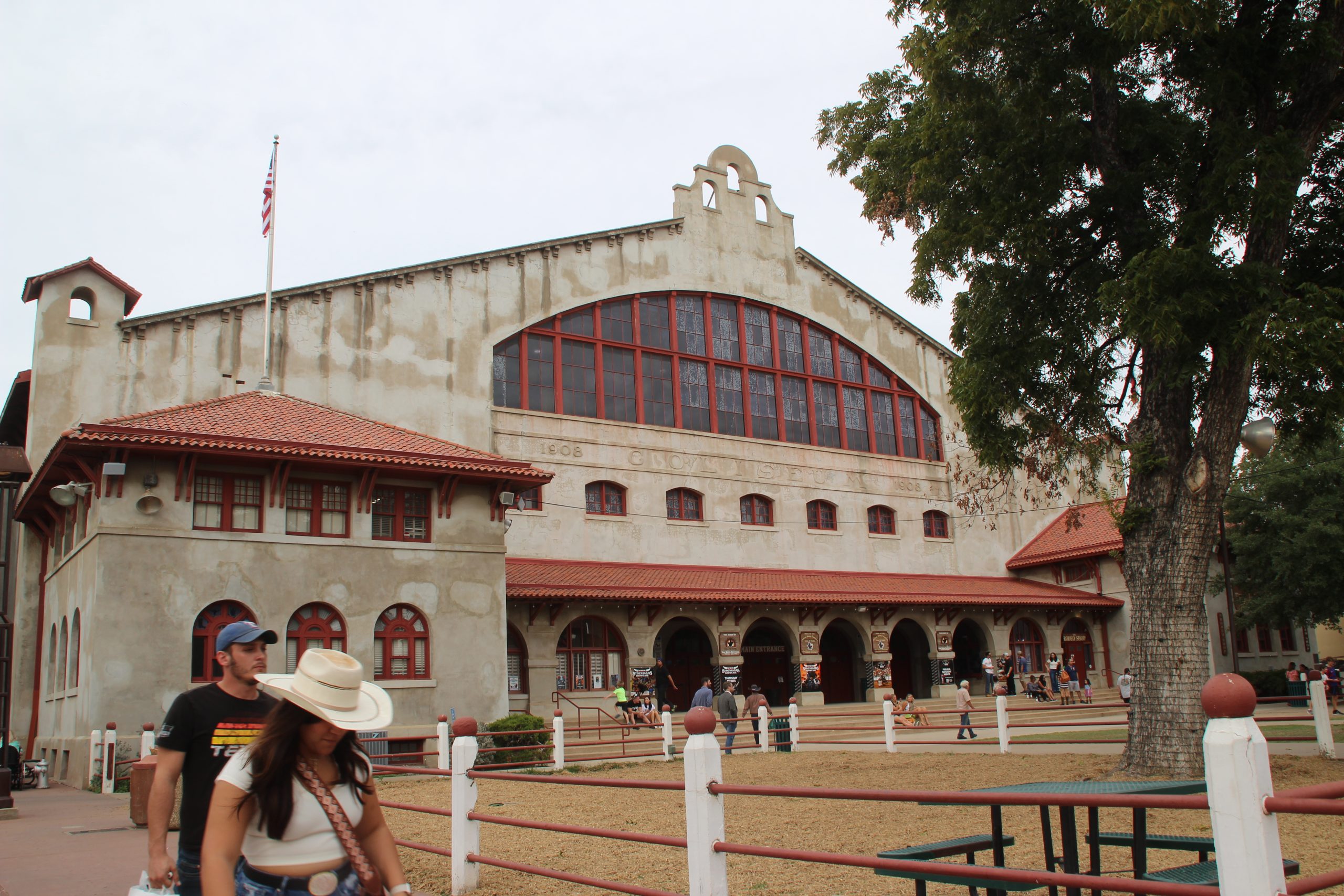
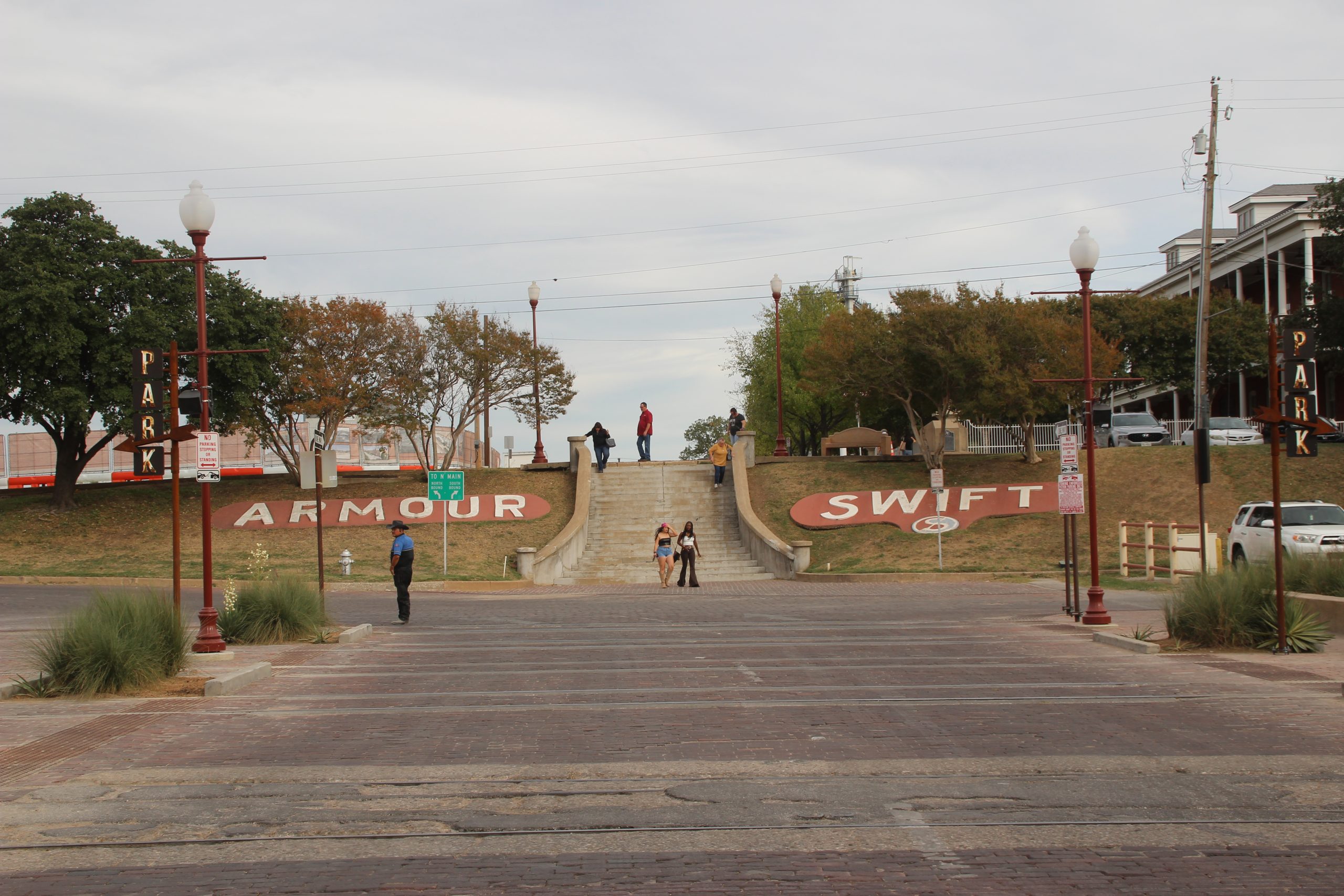
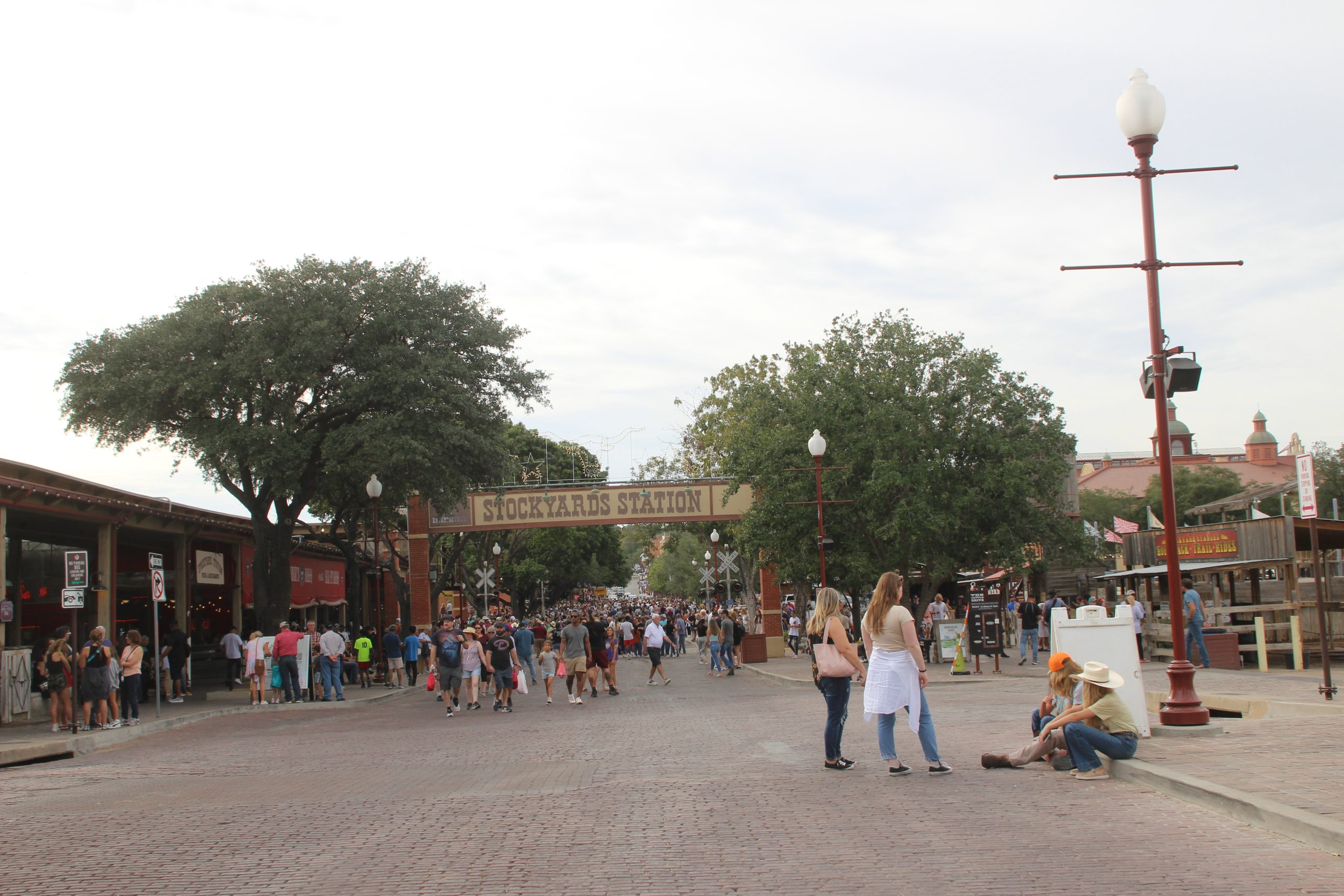
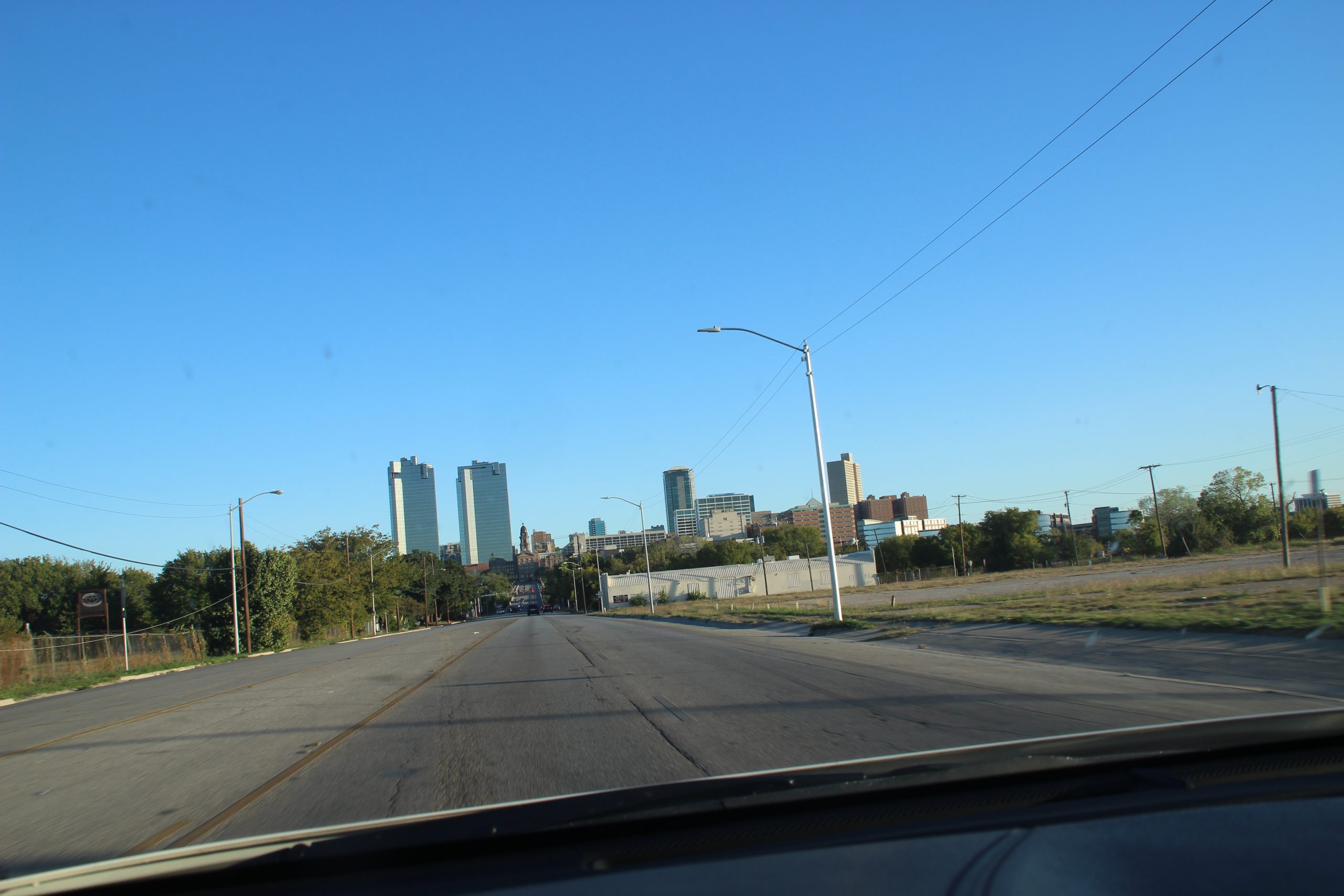
And another good story. Thank you for the history lesson.
Sure. My pleasure.